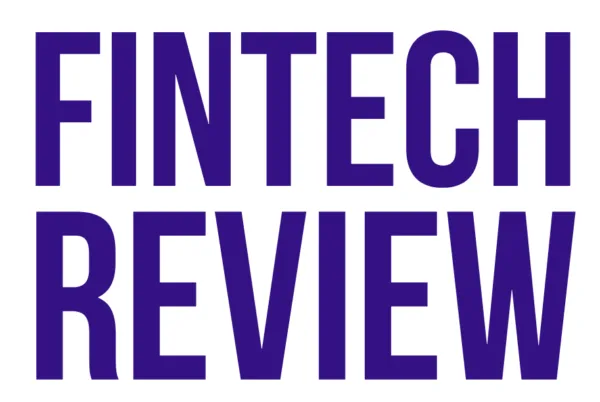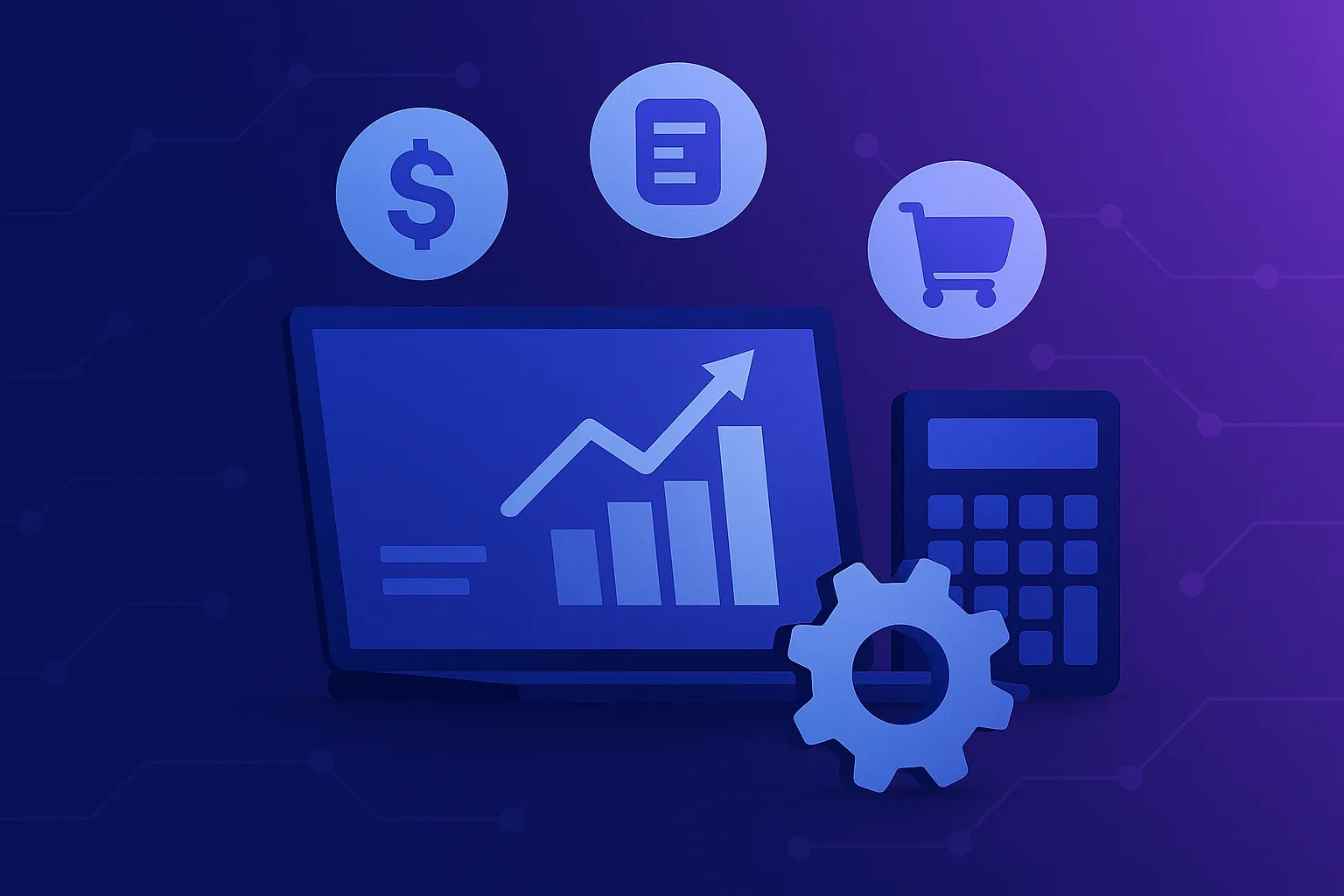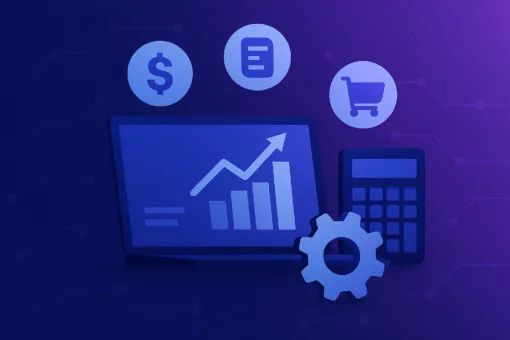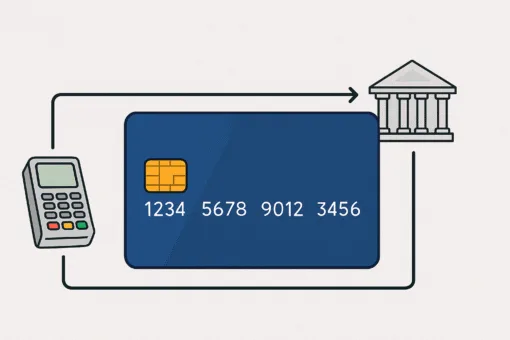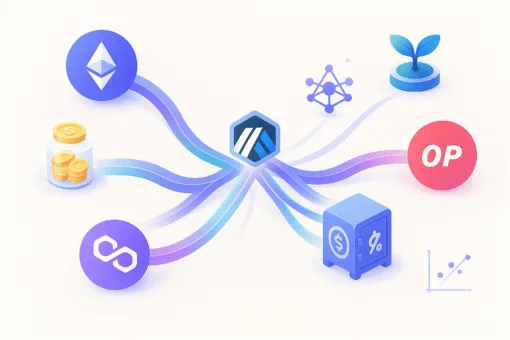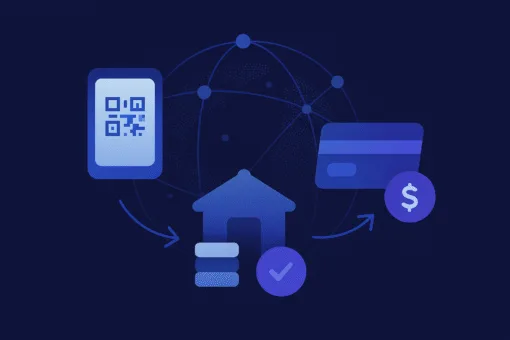Software as a Service (SaaS) has transformed how businesses manage everything from customer relationships to project planning. Now, finance is experiencing the same revolution. Understanding SaaS finance tools is crucial for companies aiming to scale efficiently, control costs, and gain real-time insights into financial performance without the burden of traditional, manual systems.
In 2025, finance departments in startups, SMEs, and even mid-sized enterprises are increasingly powered by SaaS solutions. These tools automate routine tasks, improve decision-making, and integrate seamlessly with broader operational platforms. They enable finance teams to move from reactive number crunching to proactive, strategic management.
Fintech Review explores what SaaS finance tools are, their key categories, and why they are indispensable in the modern business environment.
What Are SaaS Finance Tools?
SaaS finance tools are cloud-based software solutions designed to manage, automate, and optimise financial operations. Unlike legacy, on-premises systems, SaaS platforms are accessible from anywhere, require minimal IT infrastructure, and update automatically with new features and compliance changes.
These tools cover a wide range of financial functions, including accounting, budgeting, forecasting, expense management, payments, billing, tax compliance, and financial reporting. They are often modular, allowing businesses to pick and choose components that fit their stage, size, and industry.
SaaS finance tools are typically subscription-based, offering predictable costs and scalability. As a business grows, it can upgrade plans, add users, or integrate with additional services without needing expensive hardware or complex migrations.
Key Categories of SaaS Finance Tools
Accounting
Manage ledgers, automate reconciliations, and generate statements.
Examples: Xero, QuickBooks, FreshBooks
Expense Management
Streamline reimbursements, enforce policies, and track spend in real time.
Examples: Expensify, Divvy, Brex Empower
Billing & Invoicing
Handle subscriptions, recurring payments, invoicing, and revenue compliance.
Examples: Chargebee, Zuora, Stripe Billing
FP&A
Enable agile budgeting, forecasting, and scenario modelling.
Examples: Mosaic, Anaplan, Cube
Payroll & Compliance
Simplify global payroll, tax filings, and labour law compliance.
Examples: Gusto, Deel, Remote
Why SaaS Finance Tools Matter More Than Ever
The speed of business has increased dramatically, and finance teams are under pressure to provide faster, more accurate insights. Manual processes no longer scale with the demands of real-time decision-making, international expansion, or venture-backed growth expectations.
SaaS finance tools enable:
- Faster closing cycles and real-time financial dashboards
- Automated compliance with ever-changing regulations
- Scalable processes that adapt to new geographies or business models
- Deeper integration between finance and operational teams, breaking down silos
They also offer better collaboration. Cloud-native finance tools allow finance, HR, legal, and executive teams to access shared data sets, work on budgets together, and audit financial activity without version control chaos.
Moreover, these tools often come with advanced security features such as encryption, role-based access, and continuous backups, making them more secure than many on-premise alternatives.
Challenges to Consider

Despite the clear benefits, companies must manage the risks associated with SaaS finance adoption. Vendor lock-in can occur if data formats are proprietary. Businesses must assess how easily they can migrate or integrate tools with their broader ecosystem.
Data privacy and security are critical. Finance teams should ensure that SaaS providers comply with standards like SOC 2, GDPR, and ISO 27001, particularly when handling sensitive financial and employee information.
Finally, rapid tool proliferation can create sprawl. Companies should establish a coherent finance tech stack strategy, choosing best-in-class solutions where needed, but avoiding unnecessary overlap that complicates workflows.
Understanding SaaS finance tools is no longer optional for growing businesses. These solutions are reshaping finance from a back-office cost centre into a strategic driver of agility, insight, and competitive advantage.
